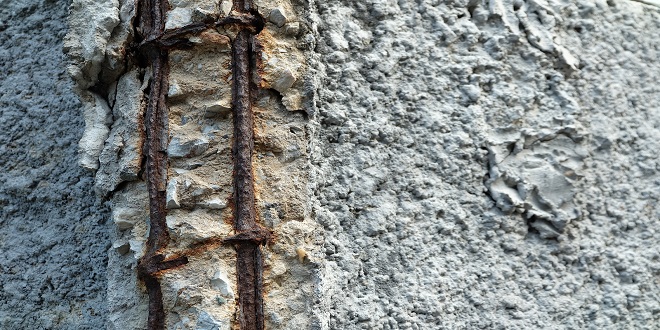CONCRETE CANCER – A Common House Defect That Often Goes Undetected

A house requires more than just aesthetic maintenance. It also requires responsibility and commitment. Concrete is widely used in modern architecture as it is one of the most durable materials. Concrete cancer is a problem that can be found in building inspections. Concrete spalling is a problem that severely compromises concrete-based construction’s structural integrity.
What is concrete cancer or spalling?
This is the term used for concrete slabs that look cracked or fractured from expanding delamination. Spalling structures are often repaired using the laying plaster method. However, the root causes of spalling should not be ignored. Spalling can be caused by fire, Alkali-Silica growth or freeze-thaw cycles.
Concrete cancer can be caused by corroding steel reinforcement structures. Steel can be expanded up to ten-fold its original size by corrosion, putting great stress on surrounding concrete. The structure can also be dangerous due to falling concrete debris and tripping hazards. The construction’s stability will be compromised if it is not treated properly.
How can I find out if a house is affected?
A professional inspection is a smart thing to do for your house or for a property that you are interested in buying. Sometimes the real condition of a house is hidden until you have a qualified specialist assess it for you. You must quickly investigate structural abnormalities in order to make informed decisions.
Concrete cancer can be detected early by small pieces of concrete debris that fall from ceilings, uneven surfaces or formation of sinking, as well as the appearance of rust. Contact a NACE Inspector if you notice these signs.
These experts are trained to examine the moisture levels of concrete and steel substrates using non-destructive techniques. When such alarming signs are apparent, it is important to take action and get professional help.
How can I protect my house from concrete cancer?
Certain construction techniques are required to combat spalling and scaling. These are some ways to increase concrete slab quality and prevent spalling.
Proper Curing
To aid cement hydration in the early years of construction, it is necessary to cure newly completed construction. This will ensure that slabs are hydrated and retain their strength. Use specialized curing compound sprays to cure the concrete and let it dry covered for at least one month. This will make concrete harden faster and prevent interference from the deicing salt process.
Designing Drainage and Flow
You should include enough slopes to drain water off the slab. Adjust the slopes to reduce moisture retention if there is heavy snowfall in your area. Concrete that is flooded is more susceptible to erosion from a freeze-thaw cycle, than concrete that is dry.
Waterproofing
Waterproofing will reduce exposure to the elements and lower the chance of concrete cancer. This will cover any cracks or crevices that may have formed on exterior walls. A transparent, waterproof coating is applied to the steel substrates to prevent water from seeping in.